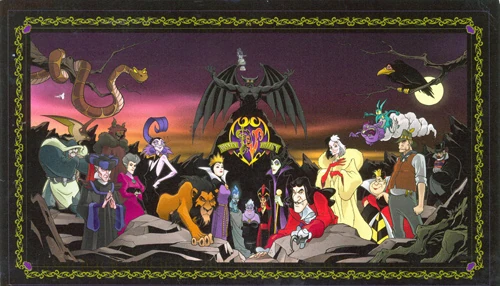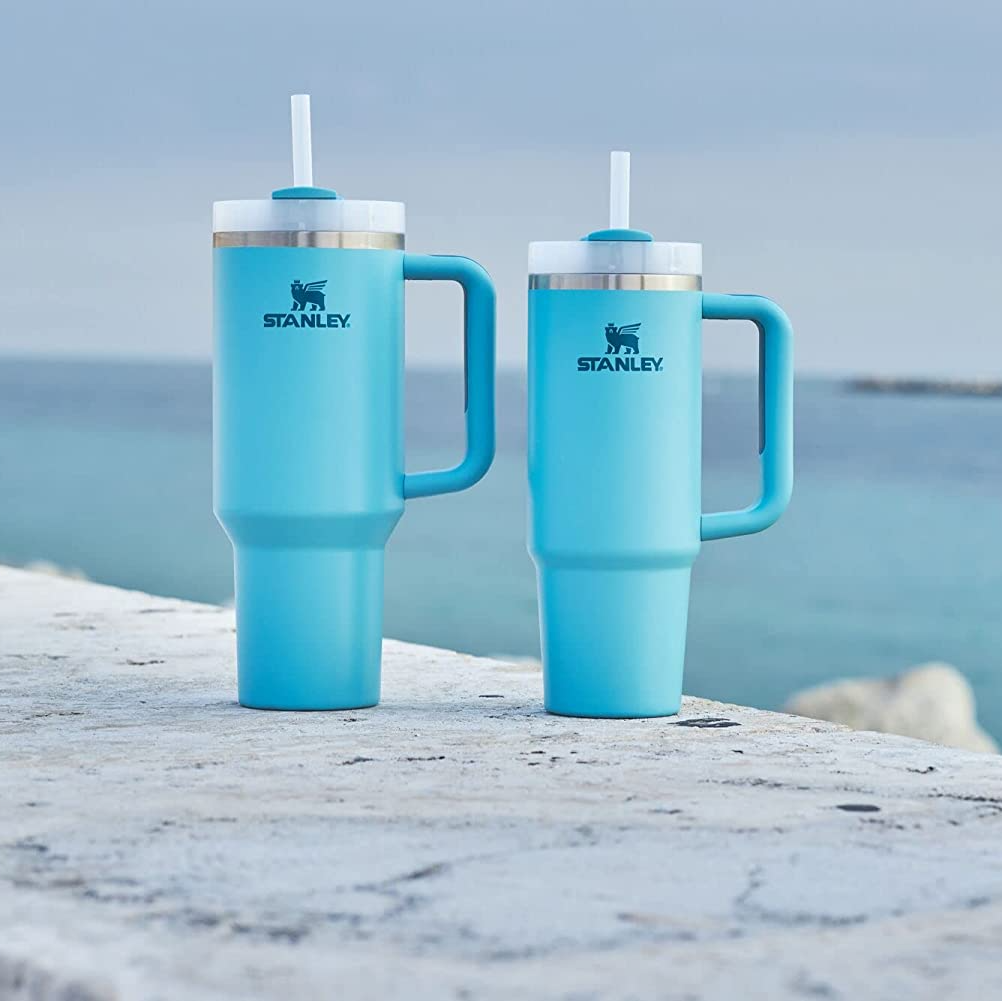Stanley cups are a line of reusable tumblers. The brand it is sold from is Stanley 1913 was invented in 1913 by William Stanley Junior. The brand was named after him. The Tumbler was released in 2016 and is not one of the first products released from the brand. The very first item that Stanley released was an all-steel vacuum bottle. In addition to the tumbler, the brand also sells cookware and food ware. The tumbler keeps liquids cold for up to eleven hours and warm liquids for up to seven hours. In 2023, the tumbler sales were an estimated seven hundred fifty million dollars. Stanley beats the brand Yeti by about 100 million dollars, with Yeti making about 650 million dollars in 2023. Despite the popularity of Stanley tumblers, recent concerns about lead content call for a critical examination of the product’s safety and the company’s responsibility to its consumers.
The development of the tumbler plays a huge part with the tumbler possibly having lead. In the manufacturing process of making the tumblers, materials that are easy to break down are used. For example, silicone and stainless steel are used. The cup’s outer layer comprises a silicone seal, an adhesive, and stainless steel. Stainless steel is durable and easy to clean. Lead has been found at the base of the cup, and this information is sparking concern for many Stanley Tumbler owners online. According to a statement from Stanley, “Our manufacturing process currently employs the use of an industry-standard pellet to seal the vacuum insulation at the base of our products; the sealing material includes some lead.” Due to their response in that statement and that the company did not try to address this possible issue, then Stanley’s 1913 reputation could be majorly affected.–
Lead can be defined as a chemical element and a heavy metal. People on various social media platforms have used lead tests to test their Stanleys. A typical lead test uses a swab (found in the test) and you would rub the area you want to test for lead. Lead is detected if the swab turns a reddish pink. Plumbimish, commonly known as lead poisoning, is when there are fatally high levels of lead in the body. Effects of this condition include brain damage, a higher chance of having high blood pressure, kidney issues, and possibly death. Lead poisoning can also cause learning issues by interfering with production and efficiency. Some people online are now eager to throw away their Stanleys, while others remain unaffected and will continue using their tumblers.
I interviewed two students from Rio about their views and opinions of Stanley Tumbler. The first student I interviewed was Inessa Khizantsyan, a 7th grader who owns a Stanley. When asked if they would throw away their Stanley or keep drinking it, they said, “If it is poisonous to my body, then yes, I would throw it away.” She also stated that they would care if they got lead poisoning. The final question I asked this student was if they think Stanley should be recalled if this lead discovery is true. They responded, “No, I don’t think so because it’s popular, and many people like it. I think that they should instead take out the lead, and that would make Stanley’s better, and more people would buy it because they know that it is safe.” Clearly, this possible health risk with the tumblers with the presence of lead exceeds the popularity of the brand.
I also interviewed Amina Djaparova, a 7th grader who does not own a Stanley tumbler. I asked Amina if she would ever purchase a Stanley, and she said, “No, because there are more cups that don’t have lead in them, and they are prettier but cheaper than Stanley cups.” The second question I asked was if she had heard of the cup “apparently” having lead from sources such as TikTok and YouTube, and she said that she had. For the last question, I asked if they had seen many of the tumblers being sold on shelves at the store. She said that she had not seen any. According to Study.com, “Consumer culture is a culture focused on the purchase and consumption of goods and services in society, which greatly influences values, activities and the social status of its members.” Perhaps consumers of the Stanley tumbler are still buying from the Stanley company because of consumer culture. Currently, there is no news of Stanley Tumblers being recalled due to undivided opinions of the cup not having or having lead, which, as you can see, has numerous negative effects on the body.






























